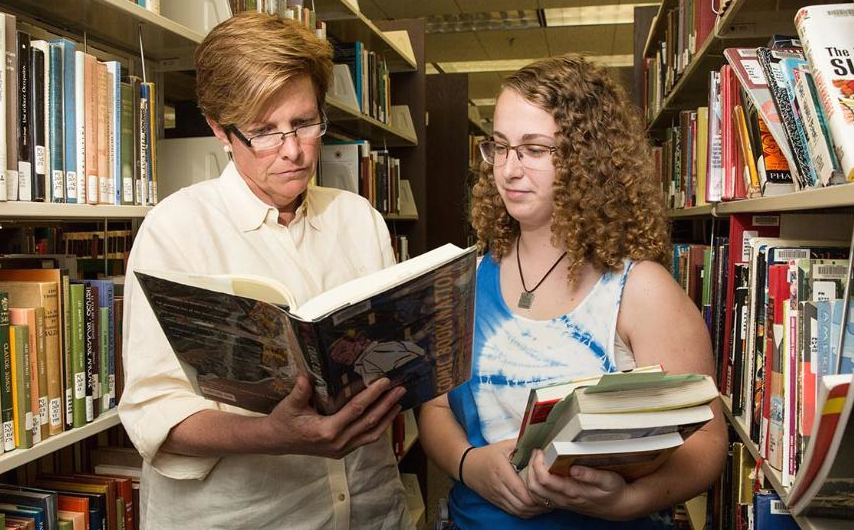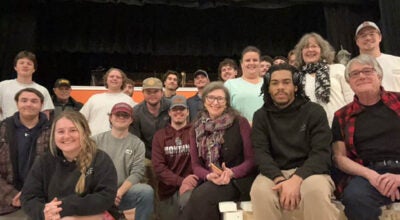Embracing the impact of graphic novels
Published 9:06 am Tuesday, August 8, 2017

- Dr. Heather Lettner-Rust, associate professor of English at Longwood University, left, is pictured with Longwood student Karyn Keane (photo courtesy of Longwood University).
Every day, thousands of people begin reading the book that will change their lives. It could be “Grapes of Wrath” or “Pride and Prejudice.”
For Karyn Keane, that book came in totally unexpected form: one of the most influential and lauded graphic novels, “Watchmen.”
“‘Watchmen’ was the first graphic novel I ever read,” Keane said in a press release. “I had the same preconceptions a lot of other people have, but it came highly recommended so I gave it a shot. I was surprised to discover just how complex it is and that it uses timeless literary devices to explore its themes. I came to realize pretty quickly that it is a piece of literature and not just a fun little comic book.”
Accord to the release, that graphic novel is now at the heart of a summer fellowship Keane, an English major from New Kent, is completing with Dr. Heather Lettner-Rust, associate professor of English at Longwood University.
Keane’s goal is to argue that “Watchmen” belongs in the same conversation with classics like “Grapes of Wrath” and “Pride and Prejudice” — in part because it’s a graphic novel that uses imagery to help propel the story.
Tied up in that topic are questions about significance, influence, assessment and engagement with a generation that has come of age as graphic novels have become more prevalent and started to pick up major awards. In 2016, for example, “March: Book Three” won the National Book Award, while “Roller Girl” became the second-straight graphic novel to win the Newbery Medal.
Through her work this summer, Kean said she is expanding the way she thinks about her classes and what makes a written work appropriate for college-level study.
“Graphic novels are certainly more common and getting more respect in literature circles,” said Keane, “but what I’m coming to understand is there is much more than I thought that goes into building a curriculum. Understanding visual rhetoric and graphic communication is an essential skill for students today, and this book teaches that in a way some of the classics can’t. My argument is that the English curriculum needs to embrace that.”





